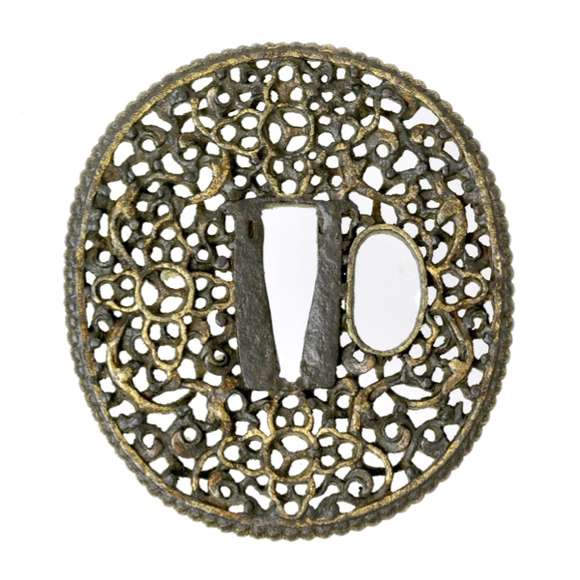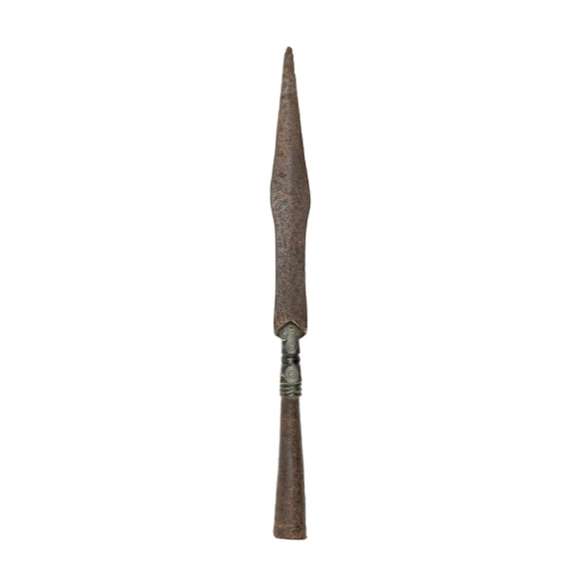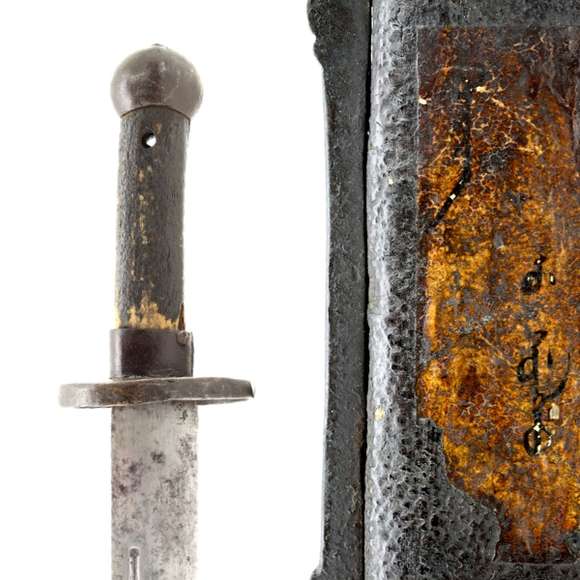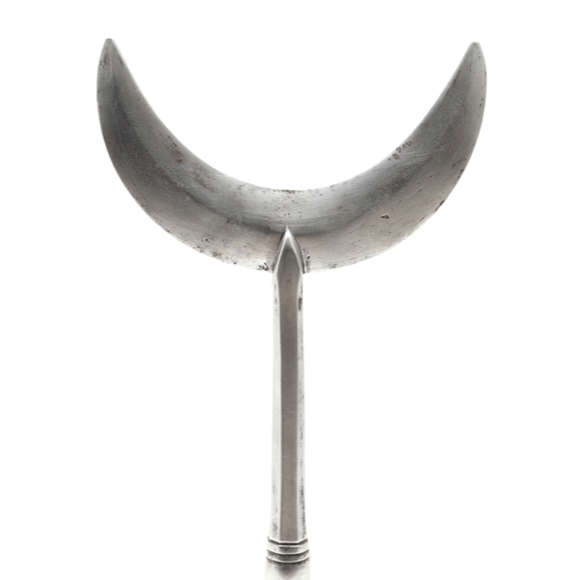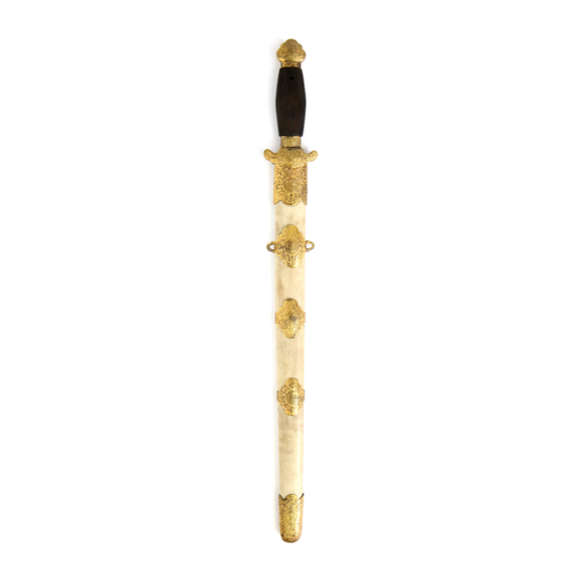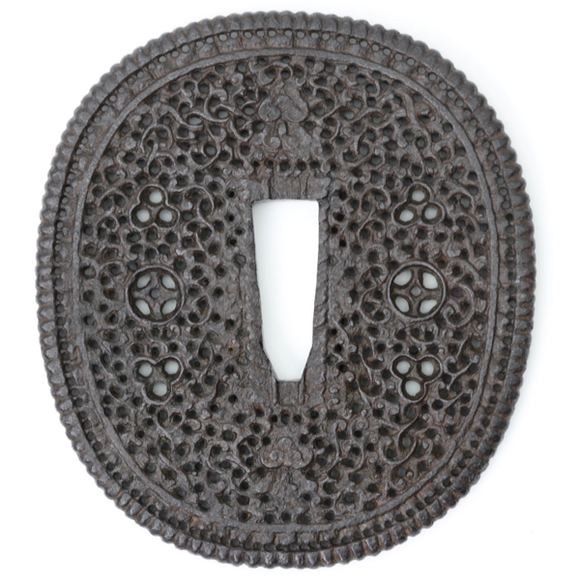Language: Mandarin Chinese
Source: Period dictionary
Description
Xián gé dā (弦挌搭) literally means "bowstring knot".
It is the name of the know made at the start of the loop on either side of the bowstring.
During the Qing dynasty (1644-1912) there were two basic styles of bowstrings. One type is made of a single string that formed a loop on either end with a knot. The other type has separate loops, tied to a centerpiece.
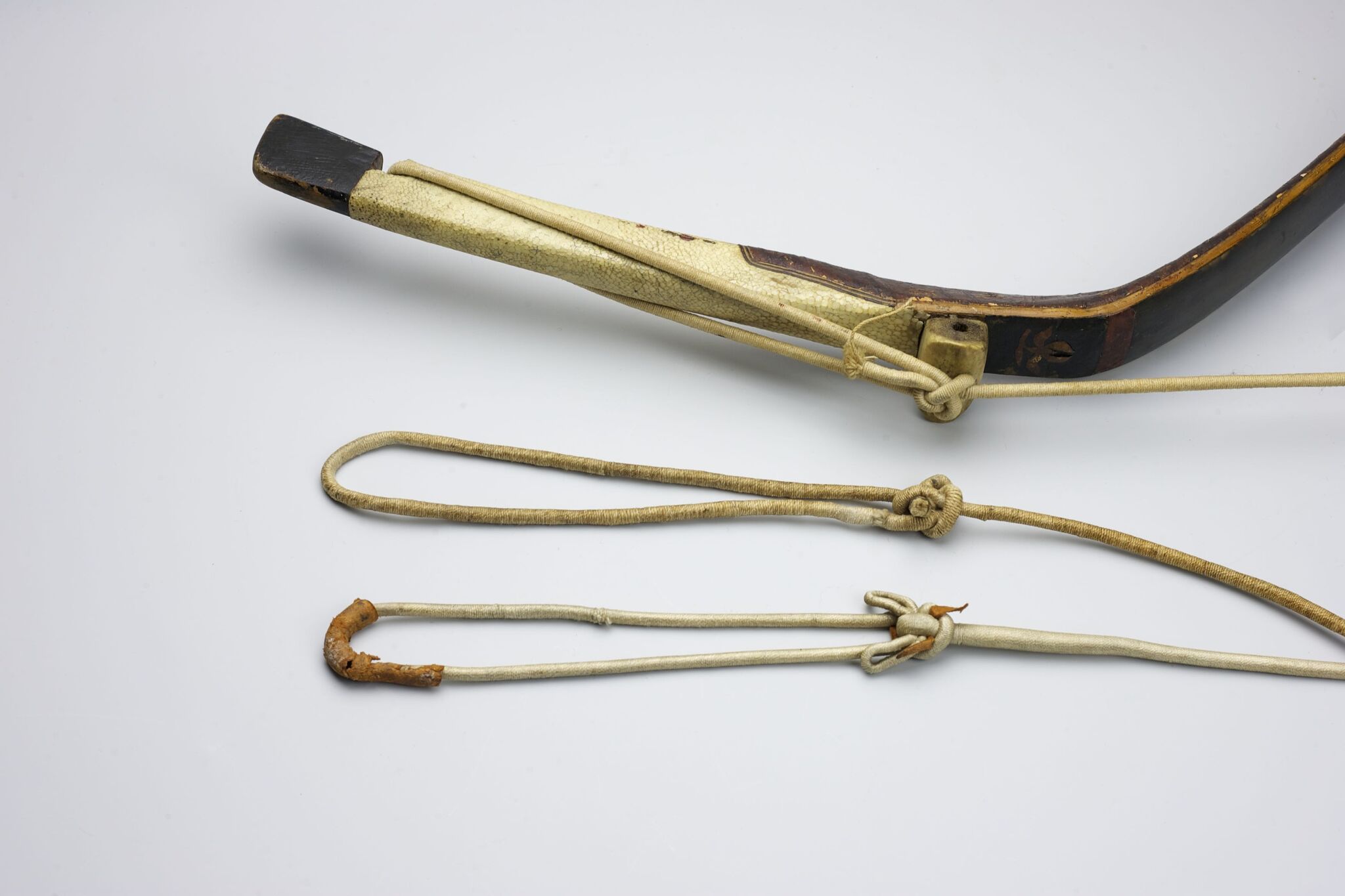
Bowstring knots.
Top: On an antique strung bow
Middle: Antique ramie string, one piece
Bottom: Antique silk string with separate loops
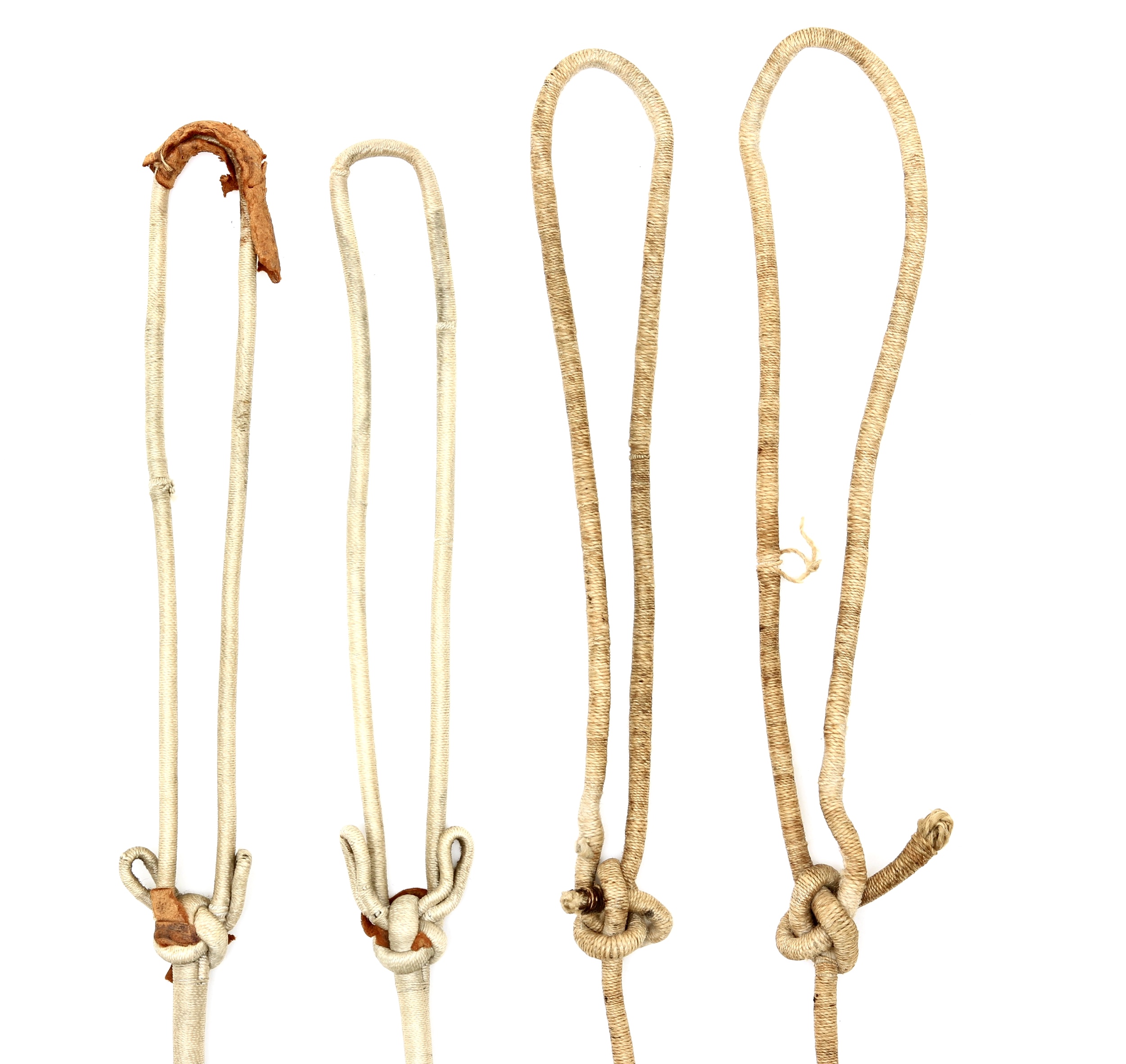
Knots in two Qing bowstrings.
Left: Knots on a silk string made with separate loops.
Right: Antique ramie string made of a single, long piece.
Other terms
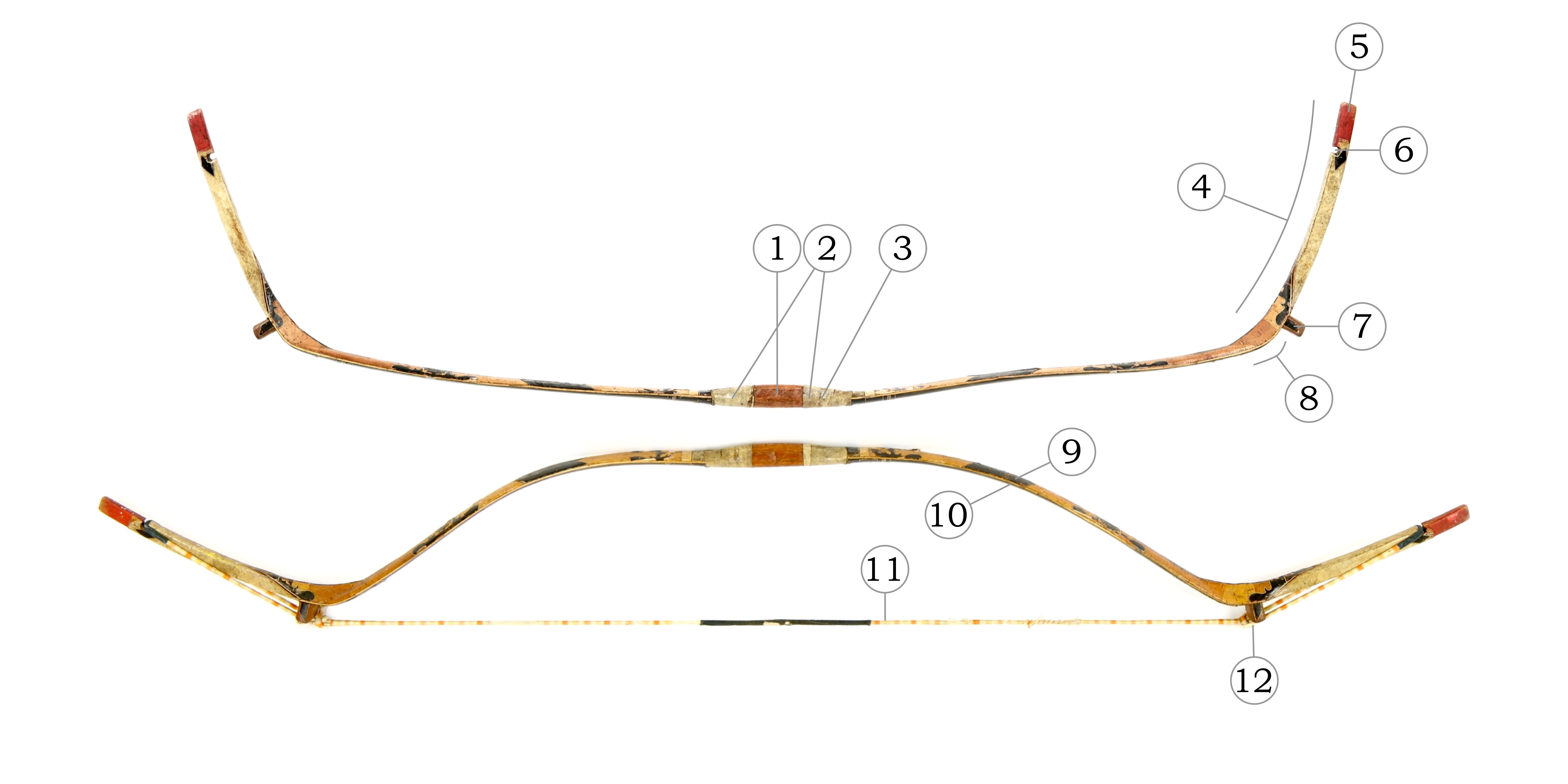
|
# |
English |
Chinese |
Pinyin transliteration |
| Bow | 弓 | Gōng | |
| 1. | Bow grip | 弓弝 | Gōngbà |
| 2. | Sides of bow grip | 弓弝膀子 | Gōng bà bǎngzi |
| 3. | Arrow slipping spot | 箭溜子 | Jiàn liūzi |
| 4. | Bow ear | 弓弰 | Gōng shāo |
| 5. | Tip | 弰頭 | Shāo tóu |
| 6. | String notch | 扣子 | Kòuzi |
| 7. | String bridge | 弓墊子 | Gōng diànzi |
| 8. | Bow knee (lit. "brain") | 弓腦 | Gōng nǎo |
| 9. | Painted birch bark | 畫樺皮 | Huà huà pí |
| 10. | Bow face | 弓面 | Gōng miàn |
| 11. | Bowstring | 弓弦 | Gōng xián |
| 12. | Bowstring knot | 弦挌搭 | Xián gé dā |
Notes
All terms are from the Wuti Qingwen Jian (五體清文鑑)or "Five Languages Mirror", a Qing imperial dictionary in Manchu, Mongolian, Uighur, Tibetan and Chinese of circa 1790. Commissioned by and published under the Qianlong emperor.

